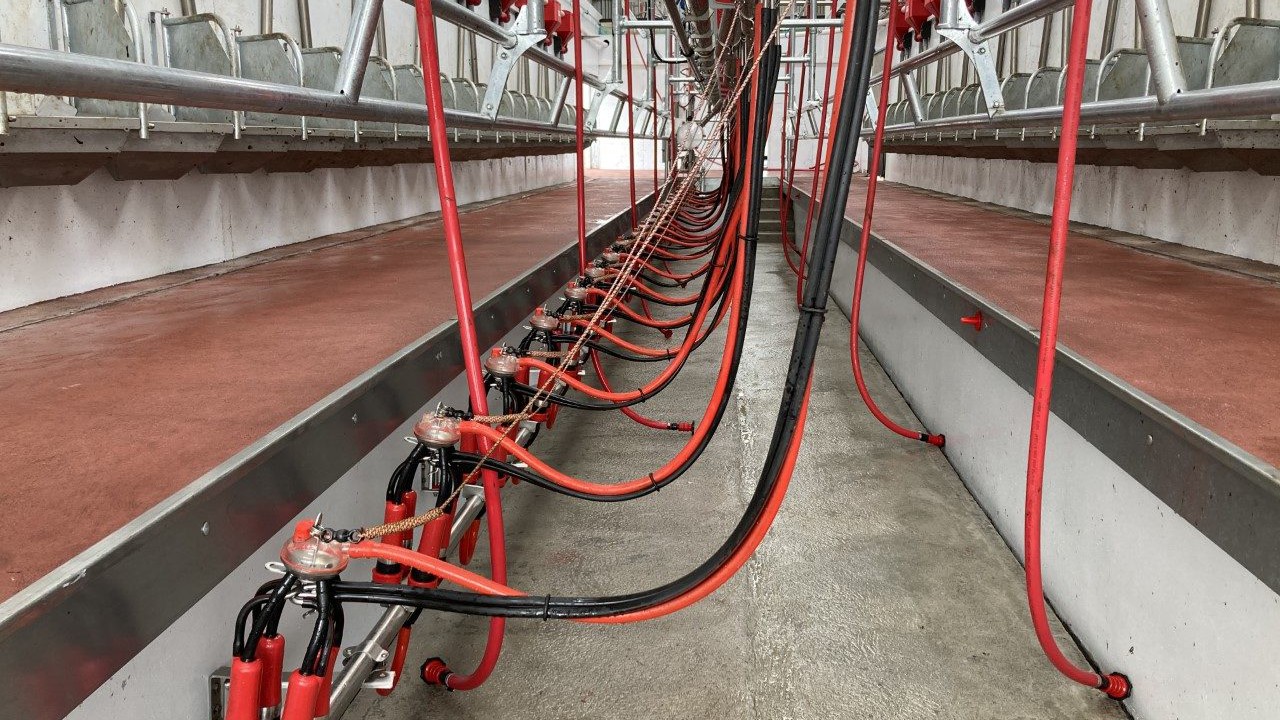At a time when milk volumes are reducing and on farm costs rising, National Farmers’ Union (NFU) Scotland’s milk committee chair, Gary Mitchell, is telling the supply chain to act now and send greater confidence back down the chain to primary producers in the form of increased farmgate milk prices.
Mitchell, a dairy farmer from Stranraer, said: “Inputs and labour costs are escalating at an alarming rate of knots, so processors and retailers need to act now.
In the past couple of weeks, we have seen milk prices make positives moves, but this is not across the board and all dairy farmers in Scotland must start seeing an increase in their milk price immediately.
“I speak to farmers on a regular basis and when I hear some farmers report that their milk price still begins with a “two” then I know these farms must be struggling to keep their heads above water, never mind run businesses which require huge amounts of investment to meet the changes that the sector is currently facing in both the short and long term.”
Decline in dairy farmers
Failure to send positive price signals may see a further decline in dairy farmers.
Only last week the Agriculture and Horticulture Development Board (AHDB) released their October 2021 producer figures based on the number of levy paying farmers and only 8,000 herds remain in Great Britain with 310 dairy farmers having quit in the past 12 months.
This is against the backdrop that Scotland now only has 836 herds, and this figure may further reduce when the Scottish Dairy Cattle Association release their figures in the next few weeks.
According to Mitchell, calls for a price increase for all are justified.
The UK average farmgate milk price for September 2021 was 31.72p/L, representing a 1.4% increase on August 2021.
Spot Milk is currently trading well into the 40p/L but, more significantly, it has been trading above 30p/L since July.
Further afield, it is now five rises in the past six on the Global Dairy Trade auction, reflecting the strong demand for dairy products across the world.
However, not all farmers are seeing the benefits of the positive market price indicators and this needs to change.
Mitchell points to the recent report from Kite Consultancy named “project reset”.
In the report, it stressed that cost price rises in the dairy industry are rampant from primary farm level through to dairy processors, and it is unreasonable to expect that these costs should be sucked up by processors and more importantly the farmers.
He concluded: “For too long, 30p/L has been seen as the great target for dairy farmers.
“With rising costs on labour, feed, fertiliser and fuel and a constant demand for additional capital investment projects to stay in touch with industry demands, then it is not too ridiculous to suggest that 40p/L is the new 30p/L.”

